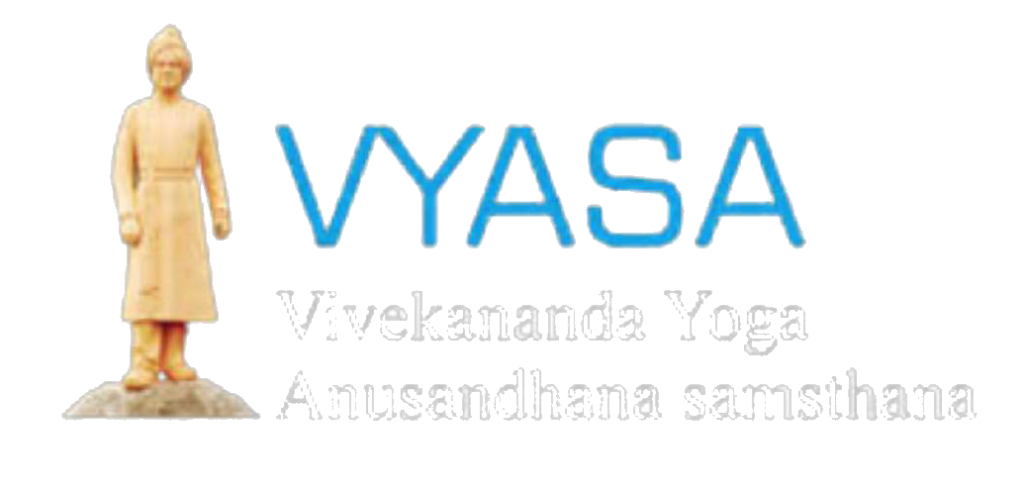Ayurveda & Yoga for management of Migraine headache without aura
Migraine is a common disabling primary headache disorder characterized by periodic, unilateral, throbbing headaches with associated symptoms of nausea and vomiting usually beginning in childhood, adolescence or early adult life. It recurs in diminishing numbers and intensity during advancing years. It is divided into two subtypes, i.e., migraine with aura and migraine without aura. Up to one-third of people with Migraine perceive an aura: a transient visual, sensory, language, or motor disturbance which signals that the headache will soon occur. Occasionally an aura can occur with little or no headache following it. Migraine is a chronic condition triggered by psychological and physiological stressors, and stress as a risk factor attributes to the problem in 50% of the migraineurs.
The treatment using conventional medicine is found to be ineffective due to unpredictable side effects leading to early discontinuation of medicines.
Ayurveda is an ancient Indian system of holistic medicine which considers health as a state of wellbeing resulting from a synergy and balance in the three Doshas (Body humours – Vata, Pitta and Kapha), Agni (Digestive fire), Dhatu (the Body tissues) and Mala (Excretory process). It also emphasises on a blissful state of Atma (spirit), Indriya (sense organs) and Manas (mind). Various disorders have been mentioned in classical texts of Ayurveda and Migraine headache finds its mention under the classification of Shiroroga (Diseases related to the Head region) in both Charaka and Sushruta Samhita. Ardhavabedhaka (Unilateral headache) is the closest type of headache with a description like Migraine. The traditional texts of Ayurveda suggest that different Dosha’s are involved in the manifestation of Ardhavbhedaka. Acharya Sushruta opines Ardhavabhedaka to be a Tridoshaja vyadhi (a disease with involvement of all three body humours) and Acharya Charaka mentions it as a Vata -kaphaja Vyadhi.
The treatment line involves the administration of Samshodhana (Bio-purificatory techniques or Panchakarma) with special mention of Kaya virechana (Purgation) for long term relief. Ayurveda also explains how diet, lifestyle and conduct contribute to the trigger of the disorder and this implies that pathya and apathya (following or not following dietary prescriptions respectively) play a role in the management of Migraine.
According to Yoga, Migraine can be classified under Adhija Vyadhi. The cause of the disease lies in the mind and therefore treated accordingly. Studies on Yoga have shown it to be effective in the management of pain related conditions.
Tips
- Pathya-apathya (Do’s and don’ts regimen) –
- Ahara (food) – Apathya : Caffeine, Cocoa, beans, nuts and peanuts, spicy food, oily food, fermented food are some which need to be avoided.
- Vihara (lifestyle) – apathy, excessive travel, too much or too little sleep, hunger, fasting and excessive activity.
Yoga – Relaxation techniques, Pranayama ( Nadi Shuddhi and Bhramari), Chanting. (Special techniques of yoga should be learnt under the guidance of a trained yoga therapist) - Acupuncture – It can work to provide pain relief by working at the level of pain receptors which transmit the pain sensations through the brain. Moxibustion can add on to the effects of Acupuncture by enhancing vasodilatation and bringing in deep relaxation response.
Article By :
Dr. Vasudha M Sharma
https://www.linkedin.com/in/drvasudhamsharmavhg





